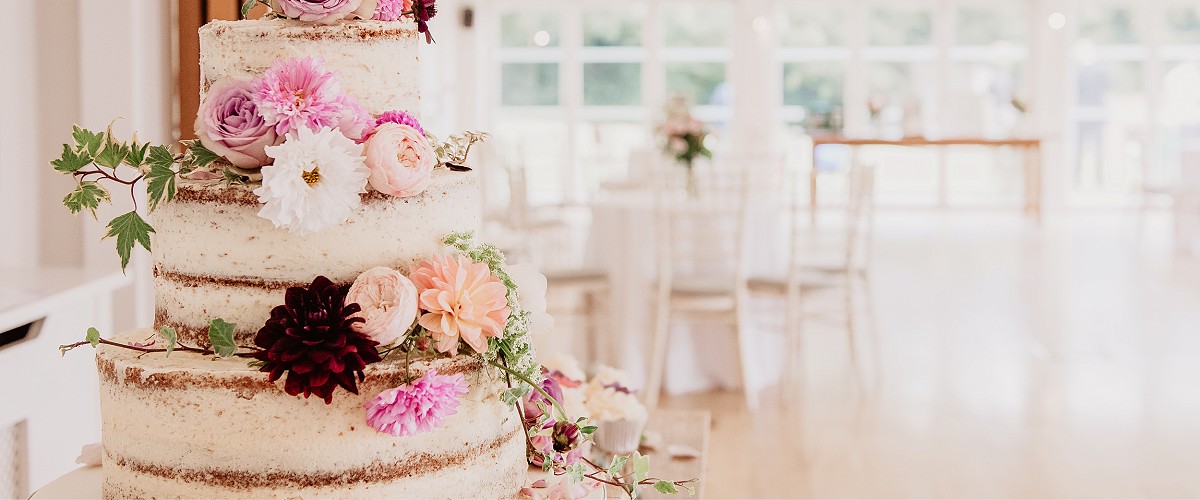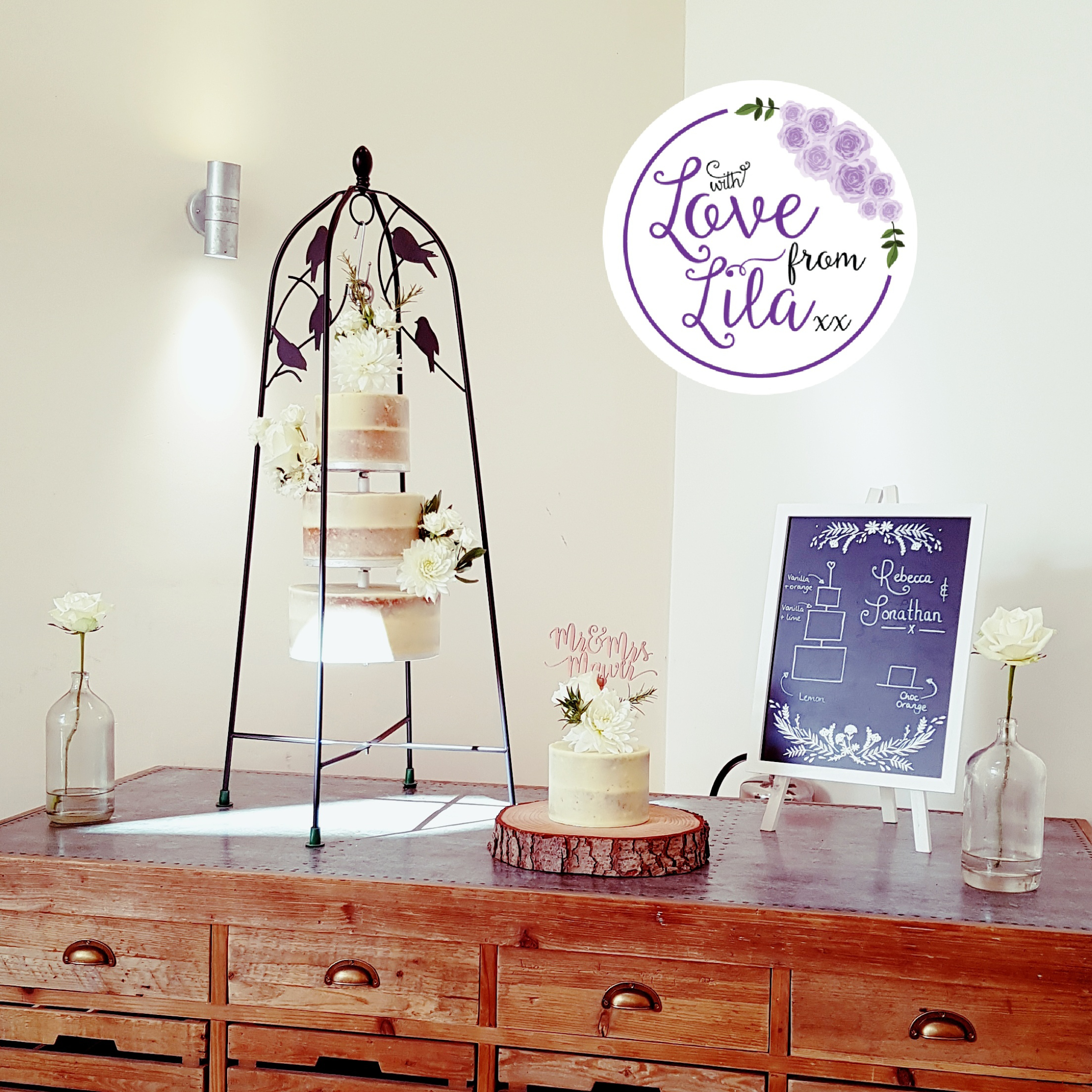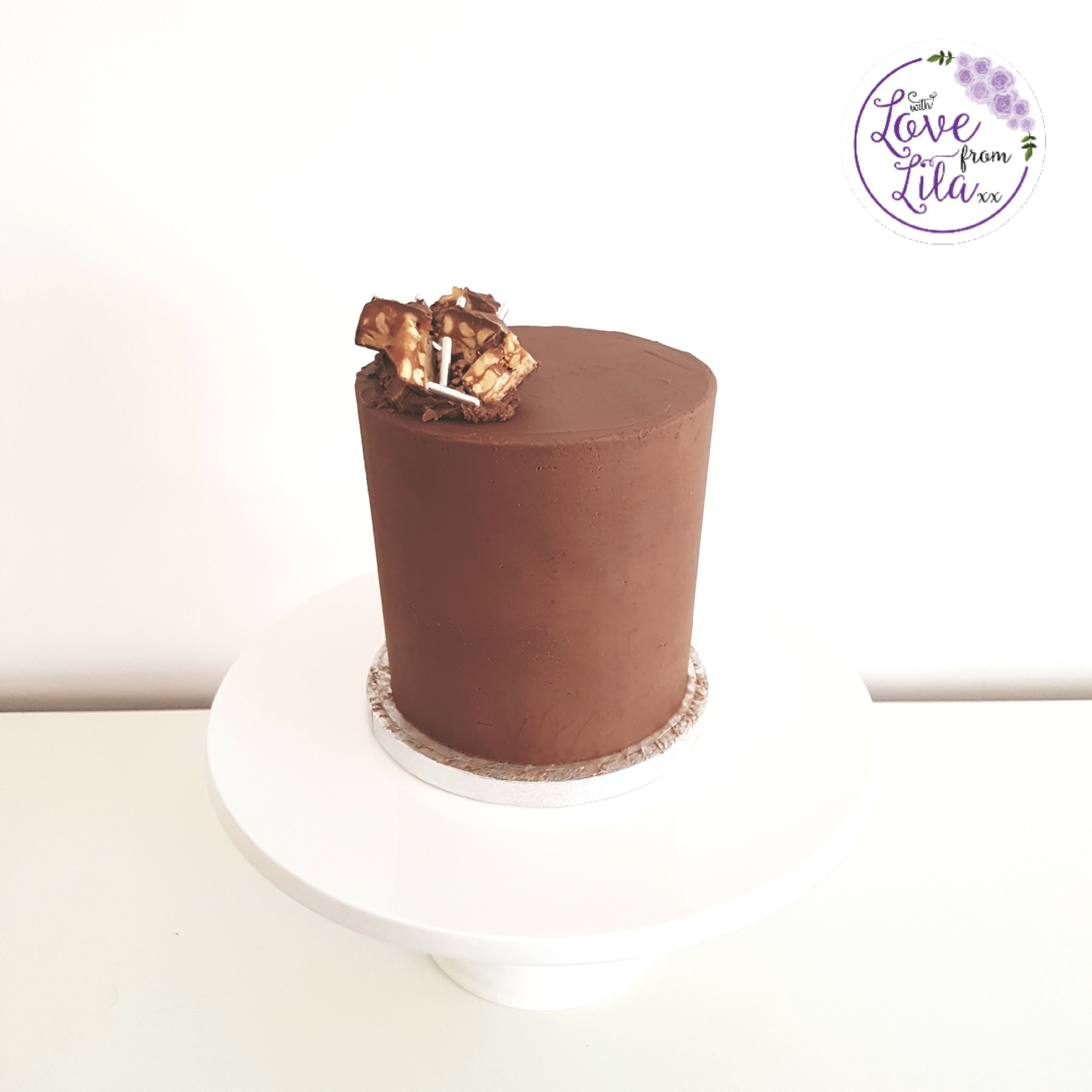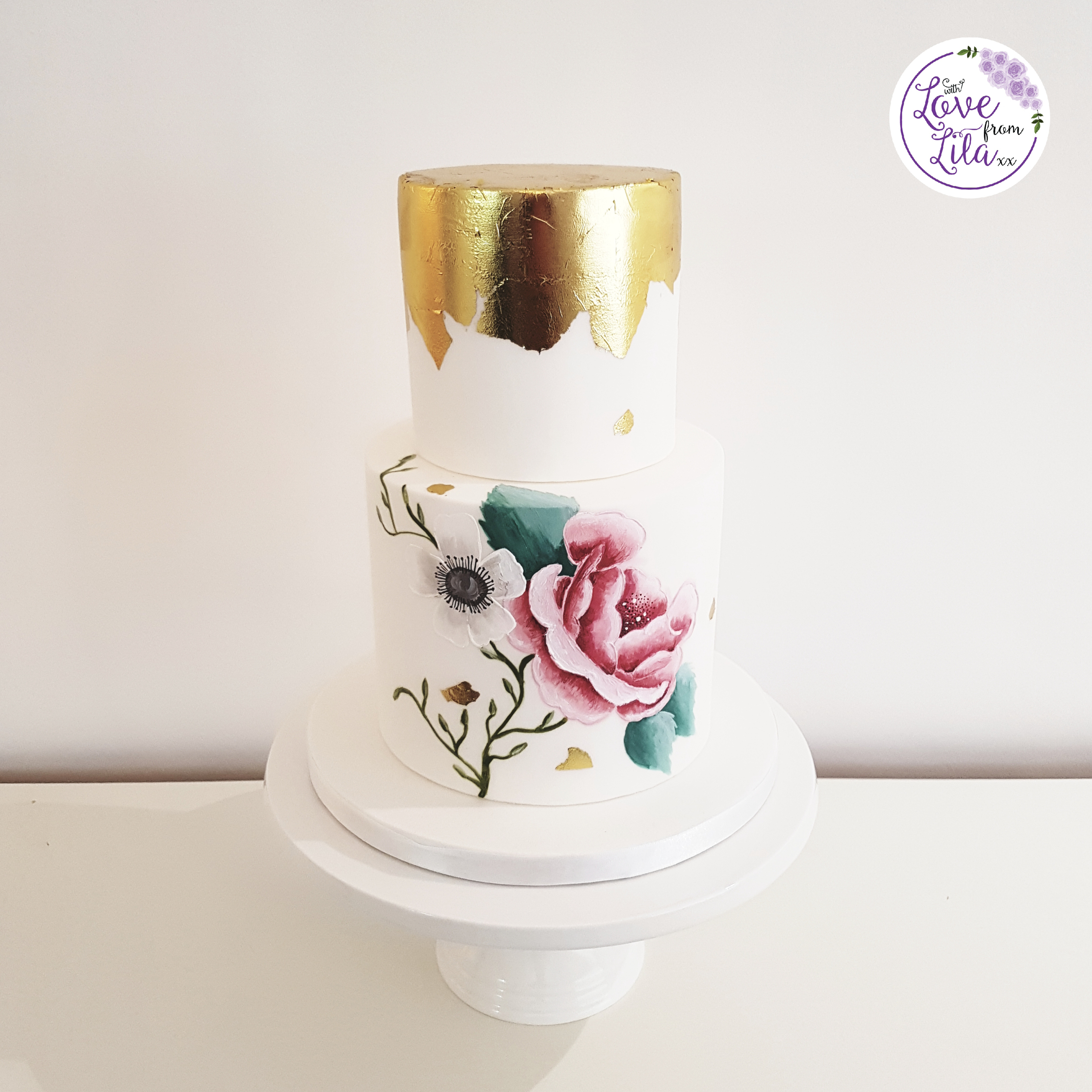 Credit: Ideal Imaging by Alistair Jones
Credit: Ideal Imaging by Alistair Jones
Your Guide to Wedding Cake Icings
by Lara Kenny, Love from lila xxSo, you’ve come to that point in your wedding planning when you need to think about the cake? It might seem overwhelming at times, almost as if there are too many beautiful options to choose between, especially if you’ve spent some time on Pinterest! There are so many factors to think about when it comes to planning your wedding cake - flavour, size, colour, design, and finally, what type of wedding cake icing you will have.
It might sound like a small part of the puzzle but there is quite a bit of variety available when it comes to wedding cake icing, from naked to buttercream and fondant. They all look different, suit different types of wedding cake design, and cope differently with conditions such as temperature and humidity. Most importantly, you will often find that cake makers tend to specialise in one type of icing (naked, buttercream, ganache, fondant) so having an idea about which wedding cake icing you’re looking for from the beginning, will help you to reach out to the right cake makers.
To help you get a head start on thinking about wedding cake design, Lara Kenny of Love from lila xx, a bespoke wedding cake company specialising in responsibly sourced cakes, is here to talk you through the different types of wedding cake icings, and guide you in making the right choice for your wedding cake.
Naked wedding cakes | semi-naked wedding cakes
The first choice of wedding cake icing I’d like to talk about is actually not even really there! With no icing on the outside, or just a thin cover of buttercream, one of the most popular wedding cake designs over the last few years, naked cakes, are still a huge favourite with wedding couples for a number of reasons. I think the biggest reason for their popularity is that they suit so many different styles - rustic, natural, unfussy, floral, luxury. Working well for simple designs, using fresh fruits or organically grown edible flowers, they reduce waste (think of all the peeled off fondant!) and are very light to eat. However, they take a surprising amount of skill for such a simple cake, and really emphasise the importance of a well-made, well flavoured cake as there’s no hiding with a naked cake.
Best for: responsibly sourced/eco-friendly weddings OR summer weddings (if you can control the temperature e.g. with air conditioning) OR served after a large meal.
Avoid when: having a DIY wedding as they are deceptively difficult to make, set up and manage in hot temperatures OR when you want them to be on display all day.

Buttercream icing wedding cakes
The next wedding cake icing I’ll be looking at is buttercream. Although different cake makers might use different types of buttercream (British/American, Swiss meringue, Italian meringue), I’ll cover them as one, because each of them behaves quite similarly. British/American buttercream is a standard type of buttercream, like you’d make at home, combining butter and icing sugar. Swiss or Italian meringue buttercreams are becoming more popular, due to their prevalence in the US. As the name suggests, it looks and feels a bit like uncooked meringue, being soft, white and fluffy. It’s made with egg whites (which are cooked through the process) and tastes sweet but not sickly. Often kept a simple off-white colour, buttercream wedding cake designs tend to look like a modern twist on classic fondant wedding cakes. Like naked wedding cakes, buttercream wedding cakes fit a few different styles - rustic, unfussy and floral. Not the easiest to look after, buttercream cakes can turn into soupy messes on hot days, and need a little extra care when transporting.
Best for: DIY wedding cakes, as they are the easiest to re-create for amateur bakers OR budget-friendly couples (ganache and fondant are expensive and increase the cost of these alternatives) OR modern/quirky designs.
Avoid when: you won’t be able to manage the temperature of the room (marquee, outdoors, non-air conditioned rooms) OR you have to transport the cake yourself on a long journey.

Chocolate ganache wedding cake icing
Of all the wedding cake icings, chocolate ganache is almost like an unsung hero! In fact, you’ve probably tasted it before but not even realised what it was. The best way to describe chocolate ganache is comparing it to a chocolate truffle (as that’s exactly what a truffle is!) - it’s chocolatey, rich and creamy. It also plays a really big part in flavouring cakes and covering them. Most modern wedding cake makers will use ganache instead of buttercream underneath fondant to get perfectly sharp edges, as well as using it for fillings on chocolatey flavours, but on its own, it makes a really brilliant cake covering too. It is less frequently used on its own, making it more unique, and lending itself well to deep, richly coloured wedding cake designs. Although it requires a lot of skill to achieve a perfect finish, once ‘set’, it works really well with both wet decorations (like fresh fruit) and dry decorations (like sugar flowers).
Best for: hot summer temperatures OR unique, modern, luxurious designs.
Avoid when: you want a completely white wedding cake design OR you want a light cake e.g. to serve after a large meal.

Fondant wedding cake icing
The final wedding cake icing I’ll cover in this post is fondant. You might also recognise it as sugar paste or ready roll icing, and it’s probably the most popular cake covering. It dries reasonably firm, but when eaten is often compared to a popular children’s modelling clay (both positively and negatively!). Although you can do a wide variety of things with fondant (airbrush it, paint it, dust it, texture it, create patterns on it, pipe onto it, stencil it etc.), as it takes so long to create fondant cakes, requiring a high level of skill to create a perfect finish, I think it still keeps an air of elegance to it. It is also the most traditional looking cake style, favoured by royal weddings and couples looking for a luxury and/or opulent design (think 14 tier high society wedding cakes!).
Best for: hot summer temperatures OR elegant, luxurious, traditional designs OR transporting to the venue yourself.
Avoid when: looking for a budget-friendly wedding OR minimal waste weddings.

Other wedding cake icings
The four wedding cake icings that I’ve talked about in this post are the ones that are most commonly used for modern, sponge wedding cake designs. Coverings like marzipan and royal icing tend to be saved for fruit wedding cakes, which aren’t as popular today. You will find that most cake makers won’t use fresh cream, even though it’s a favourite with home bakers, because of EHO rules and its instability. You may have also heard about things like flower paste, modelling paste and modelling chocolate, which although they might be used in some decorations, aren’t ideal for covering cakes.
Hopefully picking the perfect wedding cake icing doesn’t seem quite as stressful now. As you’ll probably have discovered, wedding planning means making some choices (and often compromises) when it comes to appearance, style and cost, and choosing a wedding cake is no different. Think about what is most important to you, pair that with the best wedding cake icing and go from there.
With the help of a professional and experienced wedding cake maker, guiding you with the right choices for your expected weather/location/travel requirements, you’ll be able to create something amazing that fits your wedding celebrations perfectly. Good luck and happy planning!
With love from lila xx
Credits
- Lead image photo credit: Ideal Imaging by Alistair Jones.
- Icing styles photo credit: Lara Kenny.

 to hear from you
to hear from you